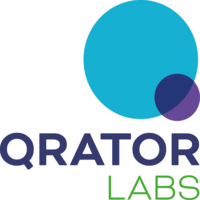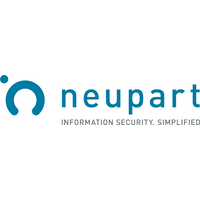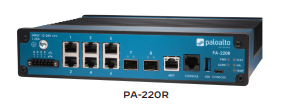
Problems that solves
Risk of attacks by hackers
Risk of data loss or damage
Values
Ensure Security and Business Continuity
Manage Risks
Cloakware Secure Environment
Cloakware Secure Environment is safeguarding all assets from perimeter security breaches
About Product
Description
It’s challenging enough to secure cloud software from attacks over the internet. But securing a device is orders of magnitude harder when it is deployed into the hands of a hacker. A determined hacker with physical access to a device can do many things to gain root access and compromise system security: extract firmware images, reverse-engineer software, reactivate debug software and so on. History is littered with examples of successfully hacked devices – from network routers through medical devices to credit card systems and automobiles.
That’s why Irdeto has created Cloakware Secure Environment with the assumption that a hacker already has root access — the highest of all system privileges. Unique to the industry, Secure Environment forces hackers to expend an improbable amount of effort to break into devices, making them move on to softer targets that aren’t as well protected.
Its mutually reinforcing technologies offer unparalleled protection:
- Disables execution of anything except OEM authorized software.
- Removes debugging capability and memory examination.
- Encrypts binaries and file content.
- Hides decryption keys.
- Makes reverse engineering virtually impossible.
- Monitors hacking attempts and supports a range of OEM responses.
- Collects security incident data for post-mortem analysis.
Scheme of work
Competitive products
User features
Roles of Interested Employees
Chief Executive Officer
Chief Information Officer
Chief Technical Officer
Chief IT Security Officer
IT Security and Risk Management
Organizational Features
IT Security Department in company
Internet access is available for employees


















